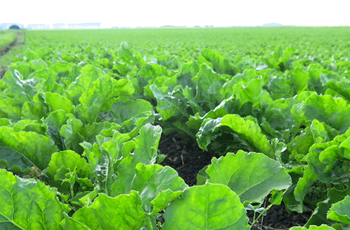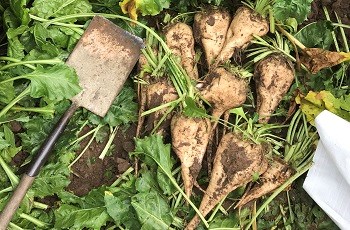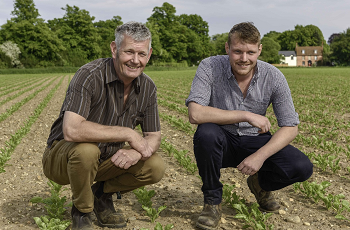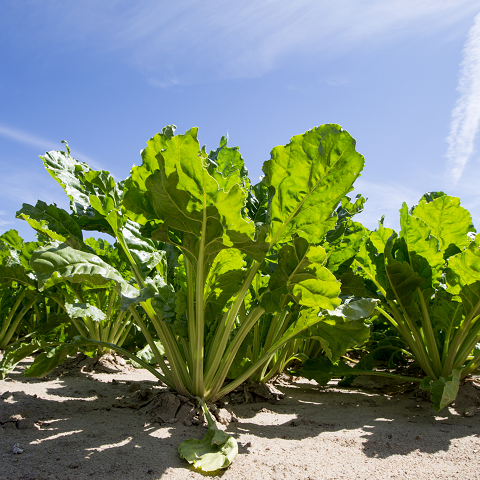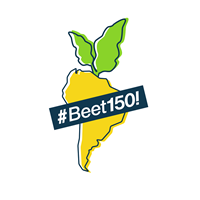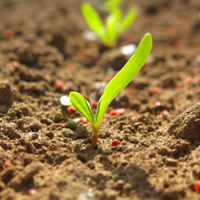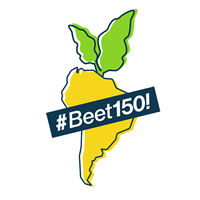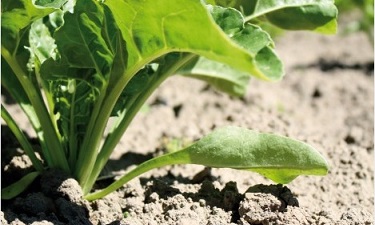#Beet150
This season, we’re running #Beet150, a competition for all sugar beet growers looking to be the best and make a record of 150t/ha or more adjusted yield or grow the highest yielding field lifted by 30th November 2018.
By making every possible percentage increase in your sugar beet yields, you can make the biggest impact on your crop's profitability.
We’re here to help by sharing your tips and tricks and giving advice along the way.
Together we can #Beet150.


